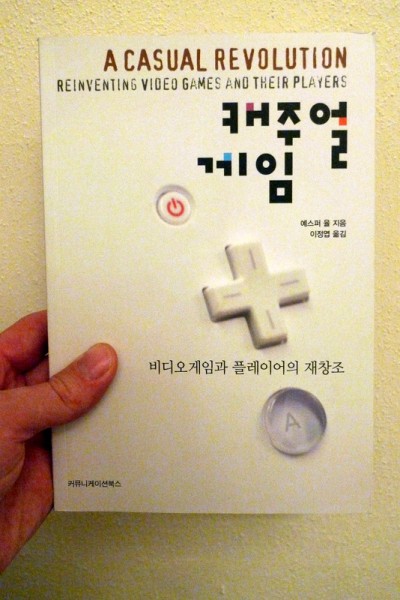[Spoilers follow.]
Quite late to the discussion, but I just completed Mass Effect 3 and I liked the ending.
Of course, the ending was massively controversial when the game came out, even described as “soul-crushing”.
So what is the ending like? It is revealed that the Citadel and the Reapers are actually the creation of the child apparition that Shepard has been seeing, all with the goal of preventing organic life from creating synthetics so advanced that they will destroy organics… Therefore advanced organic civilizations are regularly destroyed to prevent organic life from destroying itself.
Depending on your military readiness, you are offered one of three options that amount to:
- Destruction: Destroy the Reapers and most of Earth too. Mass Relays are destroyed as well.
- Control: Reapers neutralized, people on the Earth surviving. Mass Relays are destroyed too.
- Synthesis: Create a new state of harmony between synthetics and organics (I didn’t get this one).
Shepard dies in nearly all endings. (Overview here.)
What’s not to like? We get to be self-sacrificing heroes, determining the fate of the galaxy, with some high-flying Space Opera metaphysics to boot. It sort of is what I had hoped for.
But here is a typical complaint from a forum poster:
1: characters that died from harbinger show up on the planet the Normandy crashed on after the mass effect relays explode.
2: All the choices from the first two games enhance the players experience in the game but not the ending
3: Every ending has somewhat of the same result
4. No feeling of closure other than saving/destroying the galaxy, I know that sounds like closure but in a incredible story driven game like mass effect its about the characters and not the overall goal or at least for me it is.
I like point 4, “No feeling of closure other than saving/destroying the galaxy”.
As many people have observed, it really is like the ending of Lost: this is an experience that is sufficiently open for people to have attached to it for different reasons. Lost was always veering between Sci-Fi and new-age fantasy stuff, and the new-age feel-good ending was therefore disappointing to those who were into Sci-Fi (count me in here).
For ME3, I think we can distill players’ attachment into a few different types:
- Action hero: Those who were waiting to kick Reaper A** – and were severely disappointed that they did not actually get the chance.
- Role-player: Those who were into characters and the long-term repercussions of their game choices. And were disappointed that those choices were barely reflected in the ending. (Long-term repercussions featured more prominently in ME1 and ME2.)
- Narrative arc fan: Those who desired that comforting feeling of inevitable narrative closure. Which they got.
And writing this I realize that I belong to category 3. I was playing Mass Effect for the pre-written story, and hence I did not share the disappointment. Don’t tell.
[Update June 10th:]
I am thinking that this should be broken down a bit. In some way, it is not that I was playing for the story as such, as much as I was playing for the part of the story that contained the solution to the mystery of the Reapers. We would probably usually include the fate of the characters in “the story”, but for some reason the characters just weren’t that interesting to me.
This goes a bit of a way toward explaining what determines your motivation for playing: If I had found the characters more interesting, I would surely had been more interested in the role-playing angle of witnessing the effect of my actions on the characters’ fates.

